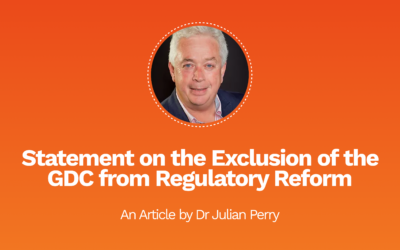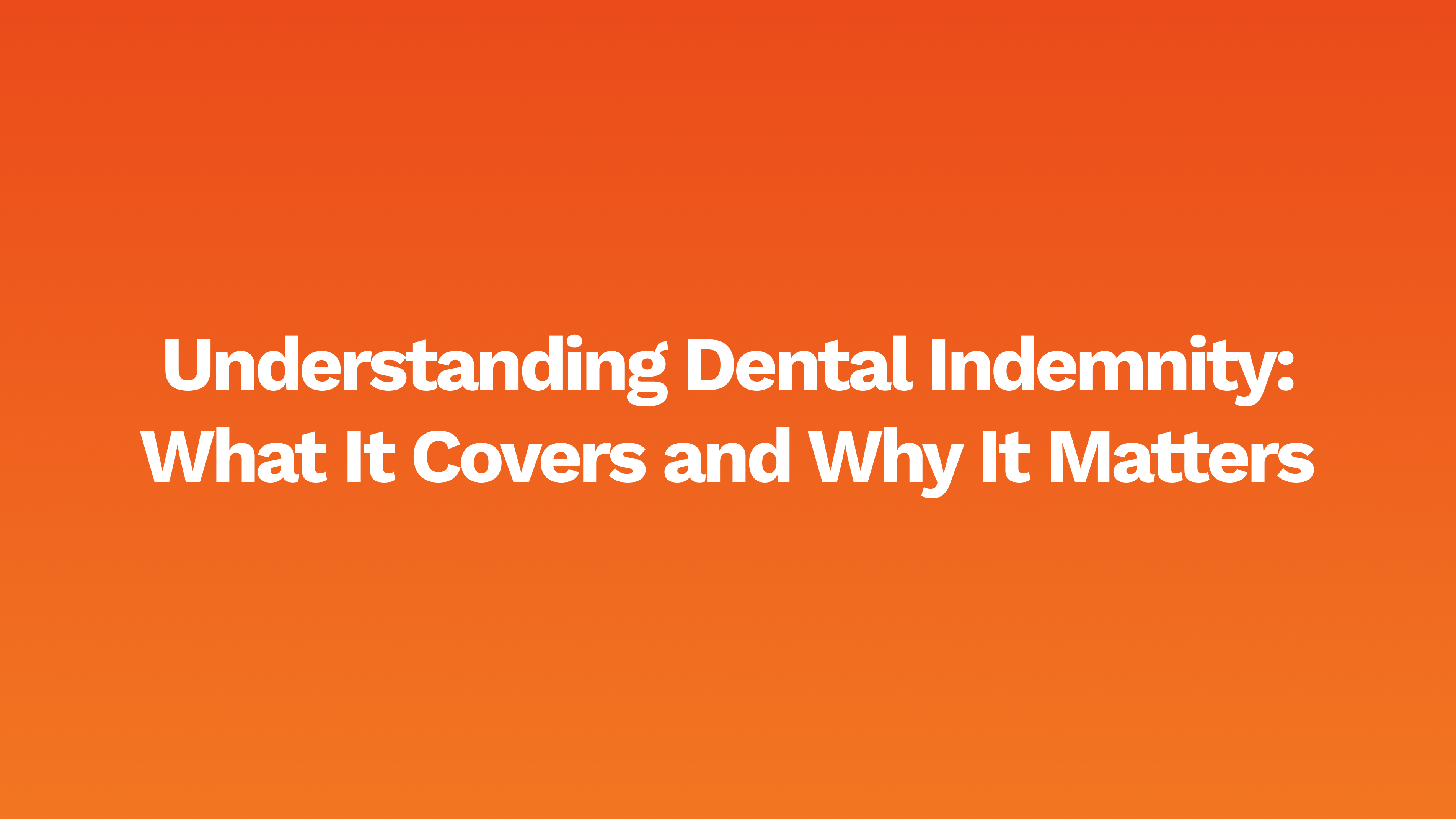The calculation of the premium for dental indemnity insurance is complex. The premium depends on a number of factors, including the number of sessions, type of dentistry, and claims record. However, outside of dentists’ control is another factor – how much dental indemnity providers have to pay in claims for the profession as a whole and for all medical practitioners, including private hospital consultants.
While a dentist is mercifully unlikely to have a substantial claim, consultant surgeons can have claims running into multiple millions. If a patient is harmed and has to receive lifetime care, then a court will award compensation based on the cost of that care.
The value of future lump sum losses is determined by the “multiplier/multiplicand” approach. The multiplicand is the annual loss the claimant is expected to suffer at today’s rate. The multiplier is calculated based on actuarial tables, taking into account statistical data, categories of claimants, and risk characteristics in relation to the length of time such a loss will continue. The discount rate then adjusts the amount of compensation that a claimant will receive.
The discount rate is set for a period of five years, and the next review is due in January 2025. It currently sits at -0.25%, which assumes the injured patient will lose out on any investment of their compensation over time. As a result, awards need to account for this and be higher, which affects indemnity providers as they have to pay out more.
The government actuary, who will provide advice to the Lord Chancellor, carried out the same exercise locally to the Isle of Man. The discount rate was revised from -0.25% to 1% in October 2023. This may be good news for indemnity providers, as if the UK follows suit when the Lord Chancellor next reviews the rate in January, it may become positive. This means claims paid by providers may be lower, which should be reflected in lower premiums for all medical practitioners over time.
At Densura, we will be lobbying insurers to include any change announced early next year in their premium calculations for our dentist clients.



